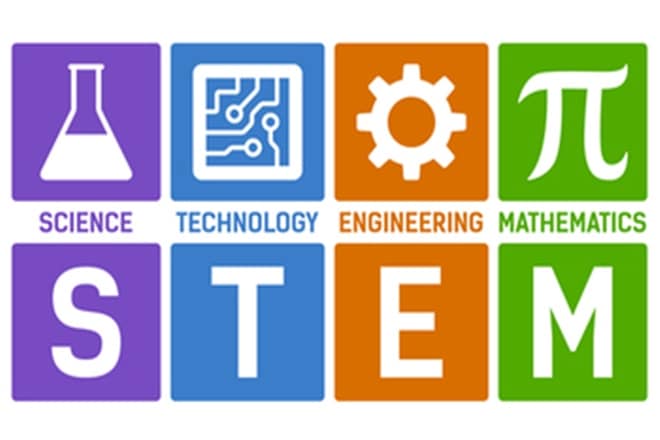By Vivek Goyal
STEM is gaining momentum. Rather than considering science, technology, engineering and mathematics as standalone disciplines, STEM integrates them into a comprehensive learning paradigm. STEM curricula focuses on introducing interdisciplinary and application-based learning with real-world examples and get students interested in applied mathematics and sciences from an early age.
Science in STEM: Science experiments are traditionally limited to schools, labs. However, STEM-focused science lessons incorporate application of scientific learning into everyday activities like cooking, gardening, etc. A STEM science activity at home can be as simple as observing an oscillating tomato tied to a string.
Technology in STEM: It isn’t limited to sessions in computer labs drawing on Microsoft Paint. These days, kids use electronic toys powered by AR and VR, mobiles and tablets daily. Technology supports accessibility, which provides a way for students to engage with content and empowers them to give their point of view.
Engineering in STEM: It’s about identifying problems, evaluating options and optimising solutions. STEM-based engineering education also includes activities that attempt to solve real-life problems.
Mathematics in STEM: Maths classes in STEM curricula encourage students to use concepts like algebra to find the shortest distance between an ice cream store and their homes, paying for a candy and counting the rest of the money, sharing a box of cookies, and other such activities that highlight the practical importance of concepts taught in the classrooms.
So, what is the right age to introduce STEM to kids? We believe that you can introduce STEM to kids as early as their second birthday. We all have a natural inclination to explore, build and question. Jen Buchter, an expert in early childhood education, explains the importance of neurological processes in early childhood when kids are naturally curious of how the world works and is an ‘optimal time to introduce children to scientific inquiry’. By introducing them to STEM at an early age (2-10 years), you are building the foundation for a bright future. Research shows students who have a good early education are 23% more likely to choose a career path that they truly enjoy and care about.
The changing face of STEM in India: India has been producing graduates in huge numbers. In 2016, over 2.6 million Indians graduated in courses related to STEM, second to China (4.7 million). But the question is of skilled workforce. The shortage of skilled talent doubled from 6% in 2016 to 12% in 2018. These alarming numbers have caught the attention of the government, NGOs and corporates.
India is making efforts to address the demands of tech-dependent tomorrow by making amends at the grass-root level, i.e. the approach to teaching/learning. As parents, brothers, sisters and professionals, we all share the responsibility to help shape the future. In fact, as little as talking about STEM with a co-worker or a neighbour can cause a progressive ripple.
The author is co-founder and CEO, PlayShifu, a company that creates AR-based educational toys to make learning fun
